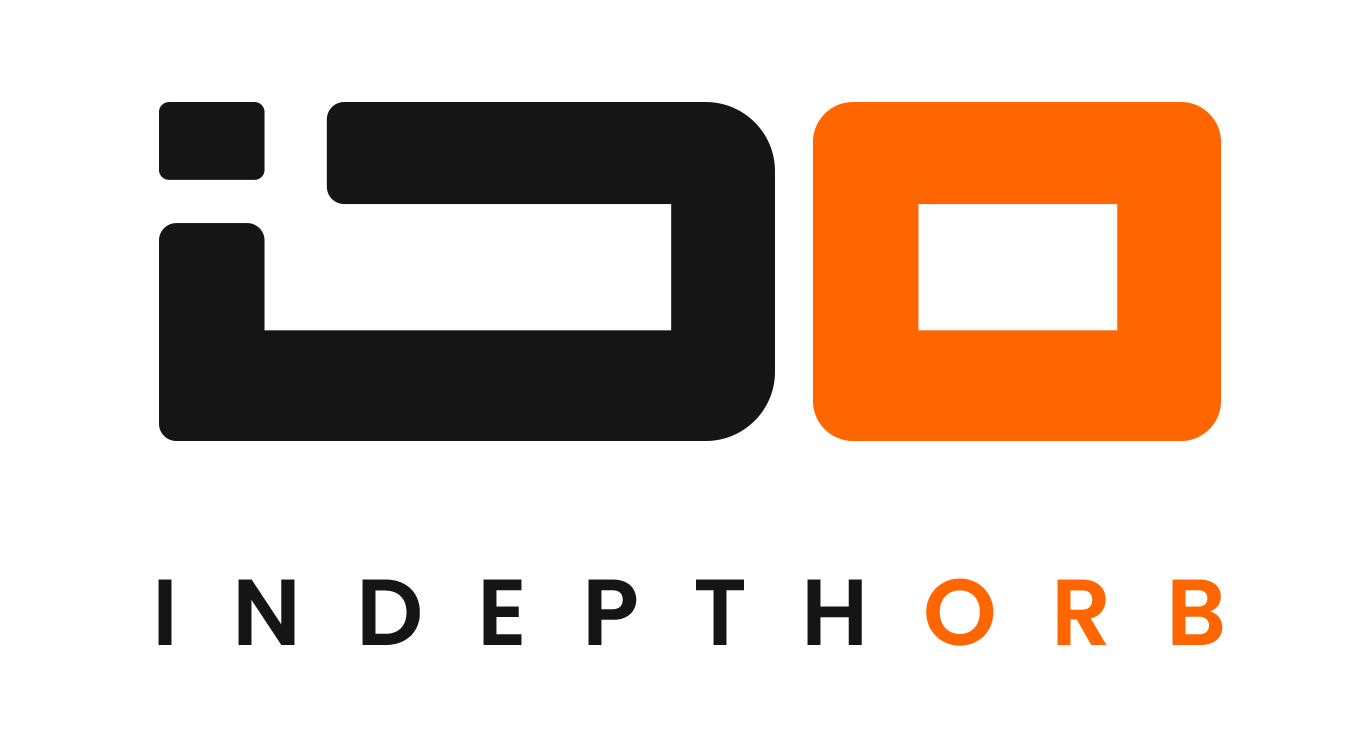The evolution of the Internet from web1 to web3 has ushered in an array of decentralized innovations, placing digital layers over our world as we know it. Tech innovators and average people are now exploring the decentralized Internet of Web3 in preparation for Web4.
The transitions have been remarkably exciting over the years. Formerly, the internet was a static and one-dimensional digital space where users could only read and write. It was the iteration we now regard as “Web1—The Static Web”. It consisted of basic HTML pages with limited interactivity and existed primarily for information sharing.
Offering more than just information sharing, the advent of Web2—The Dynamic Web, birthed a dynamic space where users can share information, interact, and collaborate in real time. It fostered a rise in social media platforms, user-generated content, and e-commerce websites, changing the way we consume and create content online.
The evolution of the internet has now reached a crucial turning point with the emergence of Web3— The Semantic Web. Blockchain is the technology backing this decentralized internet.
Web3 represents a game-changing flip offering a more secure, transparent, and user-centric online experience. The world is now delving into the realms of Web3 and witnessing an explosion of creativity at its best. Experts say it serves as the prologue to an even more futuristic and immersive digital landscape: Web4 —The Symbiotic Web.
The content of this article seeks to look into the intricacies of Web3, the decentralized internet, and peer into the promising future of Web4.
What Is Web3?: Understanding The Decentralized Internet
At its core, Web3 is a peer-to-peer Internet. Ownership is distributed amongst builders and users instead of being controlled and owned by centralized entities. It is a permissionless space. Every user has equal access to participate in Web3 and no one is left behind. Consider it a user-owned internet.
The immutable nature of blockchain technology backing Web3 ensures data integrity, fostering trust in digital transactions. Web3-based networks are gradually replacing traditional central authorities, empowering users and developers alike. Projects like Ethereum and Polkadot perfectly epitomize the revolutionary potential of Web3, enabling innovations in finance, gaming, and supply chain management.
This decentralized internet pioneers a new economy of digital sovereignty where users are in full control of their data and interactions. Web3 also powers layer 2 scaling solutions and novel consensus algorithms. These innovations pave the way for seamless user experiences and mainstream adoption. Sterling opportunities are knitted in decentralized finance (DeFi), non-fungible tokens (NFTs), and decentralized identity solutions for users. This will foster economic growth and technological advancement. Brands, projects, and businesses consider the Semantic Web a fertile ground for productivity and cutting-edge solutions. It is fueling a new wave of entrepreneurship.
Beyond Web3: Web4 And Its Prospects
A Glimpse Beyond Web3 gives us a sneak peek at the prospect of Web4. Web4 represents yet another exciting iteration of the internet characterized by the convergence of pioneering technologies that will redefine the way we perceive reality and interact with the digital landscape. It holds the promise of a more immersive, intelligent, and inclusive internet saturated with unprecedented possibilities for users.
As experts call it, the Symbiotic web will herald a fusion of Artificial Intelligence(AI), Virtual Reality(VR), Augmented Reality(AR), and metaverses.
Imagine a digital ecosystem where artificial intelligence is at the core of seamless interactions. One where augmented reality bridges the gap between virtual and physical worlds and the metaverse thrives as a decentralized universe on its own. The concept of Web4 could establish a new frontier of human-computer interfaces. Additionally, it could establish a realm where decentralization becomes intrinsic to our day-to-day activities.
Decentralization will remain pivotal to ensure user privacy and data control, building trust across digital economies and we can also anticipate interconnected smart ecosystems that can potentially revolutionize sectors like healthcare and transportation through smooth automation.
Pitfalls In The Long Haul
The idea of Web4 will serenade our reality with immersive experiences. However, this fourth generation web does come with its own set of risks and pitfalls.
One of the main risks of Web4 is that it is still a relatively new technology. As such, it is not as secure and reliable as more established systems. This could mean that malicious actors are able to exploit any vulnerabilities in the system for their own gain. Users may not be able to trust the data that is stored on the network. Another potential issue with Web4 is that it may be more difficult to regulate than existing systems. There is a possibility that users may not be held accountable for their actions, as there is no single entity responsible for enforcement. This could in a way, promote illicit activities on the web.
Finally, Web4 could be subject to increased censorship by governments or other powerful entities. Powerful actors could still block access to certain websites or services, despite the decentralized system’s intended protection of users from censorship. This could have a detrimental effect on freedom of expression and privacy.
In a nutshell, while Web4 has the potential to revolutionize the internet, we must consider and address the potential issues associated with Web4 in order to ensure that the system is secure and reliable for all users for an even more robust experience .
In Conclusion
The awe-inspiring journey of the internet from Web1 to Web3 and its impact is a testament to the power of technological advancements. Web3’s decentralized framework revolutionizes online interactions, giving absolute control to users. It marks a pivotal shift from centralization to decentralization where innovations in finance, gaming, and identity solutions will thrive seamlessly. This further highlights web3, the decentralized internet, as the prologue to web4.
Looking forward, the fusion of budding technologies such as AI, VR, AR, and metaverses (Web4), promises an immersive digital future and these advancements of the internet are chapters in a larger narrative. Think of it as one of the limitless potential of the human imagination in the digital age.
Like this:
Like Loading...
Related



0 Comments